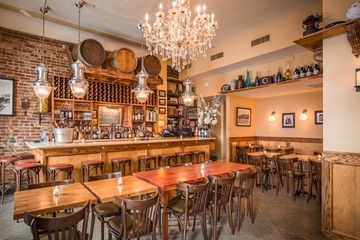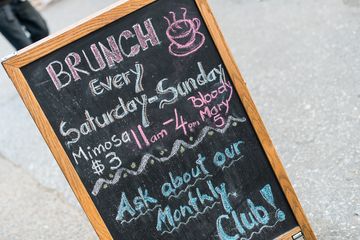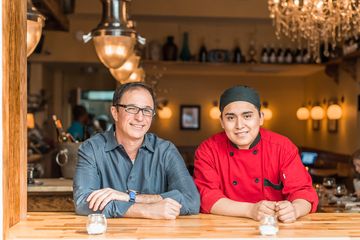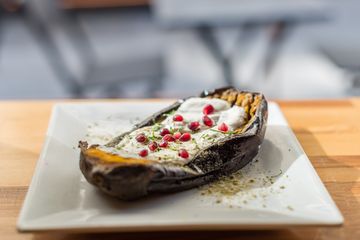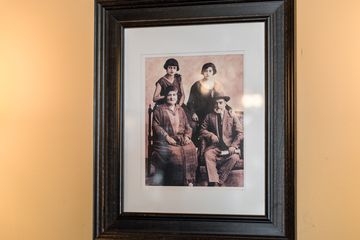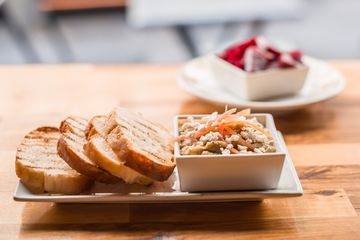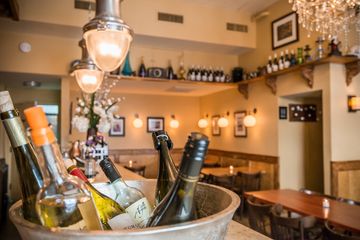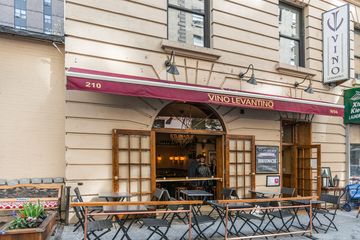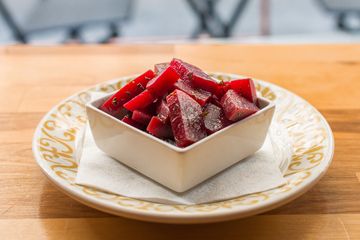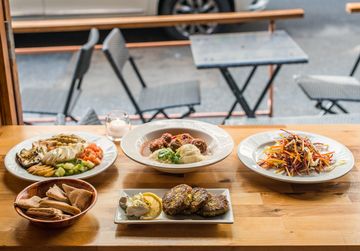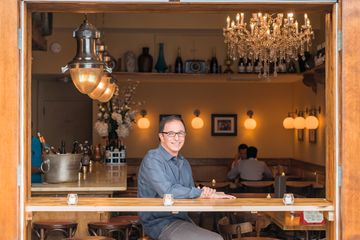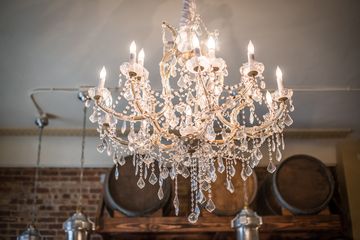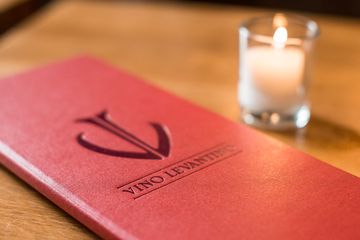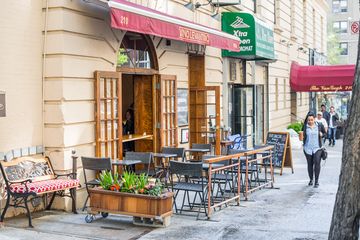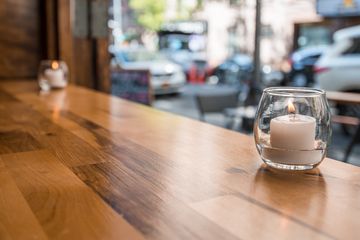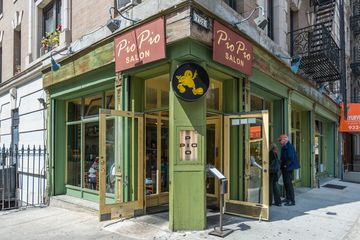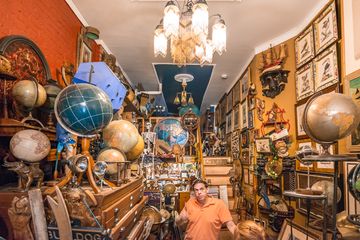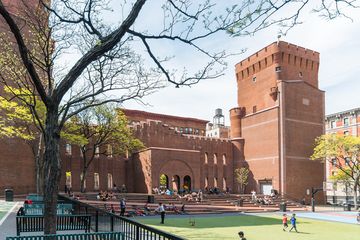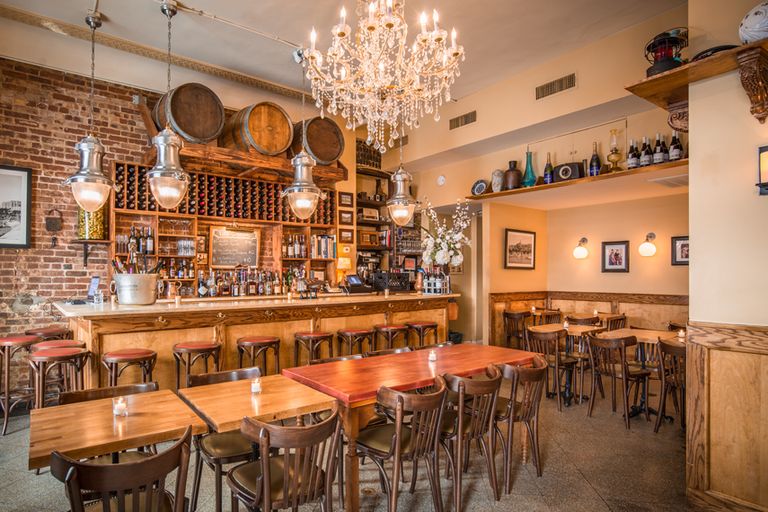
The story of Vino Levantino began in 2008 when Haim Amit’s friend decided to open a wine importing and distributing business. Haim was working in the printing industry at the time, but it did not take much convincing to have him try something new. He was looking for something to do and was passionate about wine, so he joined his friend and began organizing tastings on commission.
Living on the Upper West Side, Haim was eager to find a space in his neighborhood so that he could expand into a restaurant. The place that Vino Levantino currently occupies used to be a simple to-go eatery with 1970s tiling, fluorescent bulbs, and a deli counter, but when he saw it, he was smitten. He found himself a partner who helped him completely renovate the old restaurant and lay down the foundations of Vino Levantino. Five months after opening in 2013, however, his partner left and he was on his own, with very little knowledge of the restaurant business. Haim considers himself quite fortunate that he had friends in the industry who helped him out, supported him, and gave him advice.
Vino Levantino originally opened as a wine bar with a small food menu. Very few people walked along 94th Street as it was, but of those who did, even fewer sat down at Haim’s restaurant. When Haim started listing specials outside, however, it attracted more people. He told me that he had an epiphany – “Oh, they want food!” He redesigned the menu to include many more choices, mostly recipes originating in Turkey, Lebanon, and Israel, a Middle Eastern region described by the word “Levant,” a French term referring to the rising of the sun in the East. Haim’s whole family is from the region of the Levantine. He is originally from Israel, but his grandparents were born in Turkey. While indicating the photographs of his family that decorate the restaurant’s walls, he told me that many of his original recipes came from his grandmother, though he has since expanded the menu with dishes that he has discovered on his frequent trips to Israel.
Perhaps Haim opened his restaurant with very little knowledge of the food industry, but he has more than compensated a few years later. He considers himself blessed with an amazing cook who “sometimes does things better than Grandmother!” Sitting down with Haim, as he opened a bottle of wine for the Manhattan Sideways team, his staff brought out amazing dish after dish. We indulged in smoked eggplant mousse, pickled beets, crispy leek patties, Haim’s grandmother’s recipe for Turkish meatballs, and a refreshing traditional sabich (an eggplant sandwich). When Haim brought out another eggplant dish, this time topped with ricotta and pomegranate, he told me that in Hebrew, eggplant is sometimes given a nickname that means “lifesaver.” Apparently, this is Haim's favorite, and something that that his mother always prepares for him when he returns to Israel. Just when we thought our feast had ended, a plate of falafel - that was honestly unlike anything that our team had ever tasted - was set down before us.
As for the wine, Haim used his connections from when he worked in the wine business, as well as his friend’s small company. Because of this, Vino Levantino’s wine selection is far from mainstream and includes some interesting vintages. The restaurant stocks wine from many countries, including bottles from the top wineries in his Israeli homeland such as Clos de Gat. Thanks to a customer’s request, Haim started a wine club. Once a month, the group meets to do a tasting with three whites and three reds. The next meeting after my visit was going to focus on how region affects taste – the group would be sampling three examples of the same grape, grown and processed in three different countries.
As if the food and drink were not enough, Haim also offers entertainment. In the spring and summer, Vino Levantino hosts live music featuring Mediterranean jazz and flamenco. Haim is visibly proud of what he has built from the ground up. “As an immigrant, you do a lot of things. You don’t have a choice. You have to make a living,” Haim shared. Vino Levantino, however, is something that Haim chose to do, and he calls it “the hardest thing I’ve ever done, but I love it.”
